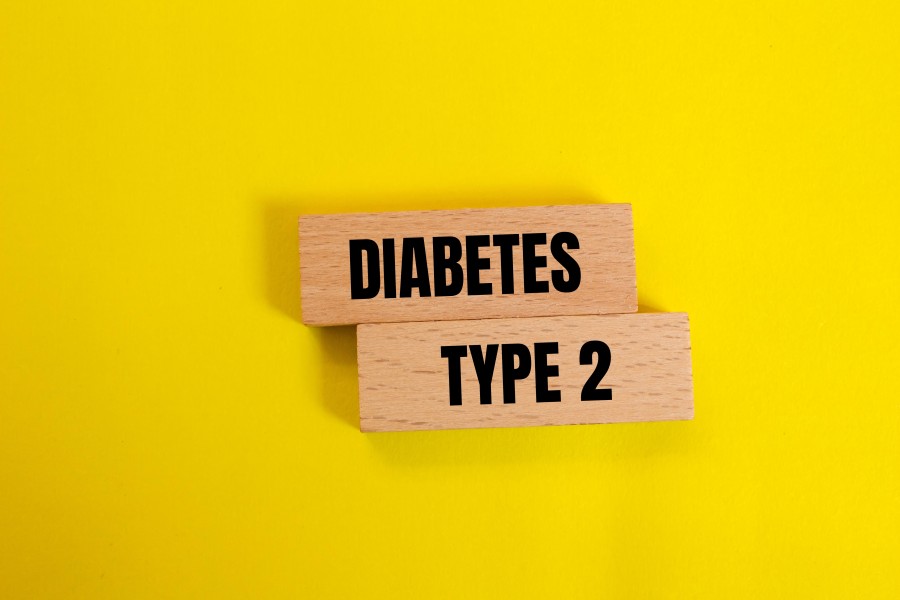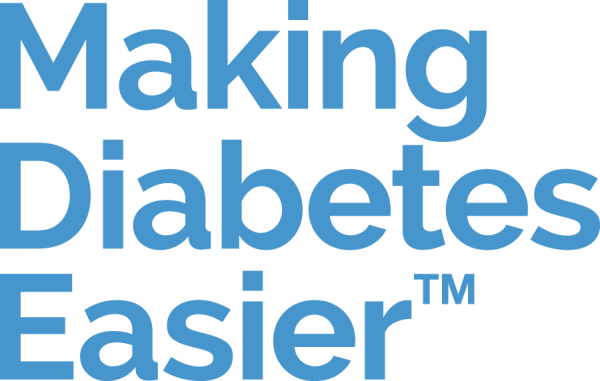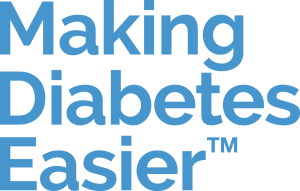Diagnosing type 2 diabetes

Diagnosing type 2 diabetes
Type 2 diabetes is a complex condition that causes high blood glucose (also known as hyperglycaemia) over time.1 If left untreated, it can cause serious health issues.1,2
That's why regular diabetes testing or screening is so important – even if you're not experiencing any symptoms.1 Catching it early with simple blood tests can make all the difference in preventing complications down the road.1,3
In this article, we’ll walk you through the different tests for diagnosing type 2 diabetes, who should consider getting tested, the signs to watch out for, and how early diagnosis and treatment can help keep complications at bay.
Why type 2 diabetes testing is important
Diabetes affects hundreds of millions of adults globally, especially people over 40 years old.2
According to the International Diabetes Federation (IDF), up to half of people with type 2 diabetes remain undiagnosed and may develop complications before they’ve been tested for the condition.2
Therefore, most international guidelines recommend people who are over 40 to 45 get screened for type 2 diabetes, regardless of whether they have diabetes risk factors.2
Type 2 diabetes risk factors
Some people have a higher risk of developing type 2 diabetes. If you have at least two of the following risk factors, you may benefit from annual diabetes screening, regardless of your age:1,3
- You’re overweight or obese
- You have high blood pressure
- You’re taking antipsychotic medication
- You lead a sedentary lifestyle.
- You have a family history of type 2 diabetes
- You have a history of gestational diabetes
- You have heart disease
- You have high cholesterol or triglyceride levels (a type of fat in your bloodstream)
Getting a timely diagnosis of type 2 diabetes can help you manage hyperglycaemia through lifestyle adjustments or treatment.1
Symptoms of type 2 diabetes
Doctors may also consider diabetes testing or a potential diagnosis if you have the following type 2 diabetes symptoms:1
- Excessive thirst
- Fatigue
- Peeing too often
- Blurry vision
- Unintentional weight loss
- Wounds taking too long to heal
- Numbness
- Tingling
Potential complications from type 2 diabetes
If untreated, diabetes may cause several complications, including:1,4
- Episodes of very high blood glucose
- Retinopathy (a condition where high blood glucose damages the retina), and in its most severe cases, blindness
- Chronic kidney disease, and in its most severe cases, kidney failure
- Cardiovascular disease, such as stroke or heart attack
- Vascular disease (damage to your arteries), such as peripheral artery disease2
- Limb amputation
However, most of these complications can be avoided with early detection and prompt, adequate treatment.1,4
Blood tests to diagnose type 2 diabetes

Blood tests to diagnose type 2 diabetes
Usually, a simple blood test – normally carried out when you haven't eaten (and called a fasting blood glucose test) – can help diagnose type 2 diabetes.3 Other diabetes blood tests include:1,3
- Random blood glucose test
- HbA1c test
- Oral glucose tolerance test
- C-peptide test
- If the first test comes back positive, a second blood sample is usually taken within 14 days to confirm the initial diagnosis.1,3
Fasting blood glucose test
A fasting blood glucose test involves taking a blood sample when the person hasn’t eaten for at least 8 hours.1 The aim is to check if blood glucose levels are high without eating, thus detecting potential type 2 diabetes.1
Random blood glucose test
The random blood glucose test involves taking a blood sample at any time during the day.5 It helps measure blood glucose levels without considering when a person last ate or drank.
HbA1c test
The HbA1c test measures the patient’s average blood glucose levels over the previous 2–3 months.1,5 It helps identify long-term hyperglycaemia and, in confirmed cases, determine if diabetes is improving or worsening.1
HbA1c readings can be affected by several factors, including anaemia, pregnancy, kidney failure and some types of medication – these can all either lower or raise HbA1c levels.1 Additional blood tests are necessary to confirm the diagnosis of type 2 diabetes.
Oral glucose tolerance test
The oral glucose tolerance test measures the glucose level in the blood over a couple of hours.5 It’s carried out in the morning, following an 8–12 hour fast.3 Just before the first sample, 75 grams of glucose are ingested.3 Two hours later, a second blood sample is taken, and if it shows a higher blood glucose level, this may suggest diabetes.5
C-peptide test
Diagnosing type 2 diabetes might also include testing your C-peptide levels (which helps determine the level of insulin production), especially if your doctor wants to make sure it isn't another form of diabetes.1
The level of C-peptide is often higher after the onset of type 2 diabetes, then decreases as the condition progresses.3
After a type 2 diabetes diagnosis
Type 2 diabetes is a complex condition that affects different people in unique ways.4 It’s also a lifelong condition that requires ongoing management and monitoring.4 If you receive a diagnosis of type 2 diabetes, remember that with the right treatment and care, you can continue to enjoy a high quality of life and keep complications at bay.4
Once you receive a diagnosis, you and your healthcare team will establish a personalised treatment plan that will likely include diet and lifestyle changes, guidance for regular physical activity, weight management and medication.4
You and your team will also work together to tailor the choice of therapies, medication or diabetes management technologies to your needs and abilities.4 If you need daily insulin treatment for your type 2 diabetes, you may wish to consider using an insulin pump as an alternative to multiple daily injections or using a continuous glucose monitor (CGM) to keep an eye on your blood glucose levels.4
Diabetes testing is important, even in the absence of symptoms, because an early diagnosis can greatly reduce the risk of complications.1 The blood tests outlined in this article are reliable options in diagnosing type 2 diabetes.1,3 Speak to your healthcare professional if you have diabetes symptoms or risk factors and would like a test.
Sources:
- Pippitt K, Li M, Gurgle HE. Diabetes Mellitus: Screening and Diagnosis [published correction appears in Am Fam Physician. 2016 Oct 1;94(7):533.]. Am Fam Physician. 2016;93(2):103-109. https://pubmed.ncbi.nlm.nih.gov/26926406/
- IDF. IDF Clinical Practice Recommendations for managing Type 2 Diabetes in Primary Care. Accessed September 20, 2024. Available at: https://idf.org/media/uploads/2023/05/attachments-63.pdf
- Petersmann A, Müller-Wieland D, Müller UA, et al. Definition, Classification and Diagnosis of Diabetes Mellitus. Exp Clin Endocrinol Diabetes. 2019;127(S 01):S1-S7. doi:10.1055/a-1018-9078. https://pubmed.ncbi.nlm.nih.gov/31860923/
- Davies MJ, Aroda VR, Collins BS, et al. Management of Hyperglycemia in Type 2 Diabetes, 2022. A Consensus Report by the American Diabetes Association (ADA) and the European Association for the Study of Diabetes (EASD). Diabetes Care. 2022;45(11):2753-2786. doi:10.2337/dci22-0034. https://link.springer.com/article/10.1007/s00125-022-05787-2
- ADA. Understanding Diabetes Diagnosis. Accessed September 20, 2024. Available at: https://diabetes.org/about-diabetes/diagnosis

